No campaign illustrates the gulf between what you hope to get in war, and what you actually get, than the Allied invasion of Italy in September 1943. Launched with high hopes of exploiting Italian surrender and jetting up the Italian peninsula, it soon bogged down. Indeed, US troops barely got ashore at Salerno in September, then had a pretty hard time staying there. Since then, they’d been stuck in first gear for months, creeping ahead over the treacherous mountains, valleys, and rivers of southern and central Italy. An attempt to reopen mobile conditions in January 1944, an amphibious landing at Anzio south of Rome, went sideways early, and wound up as just another deadlocked front, with Allied troops sitting in a shallow bowl of a beachhead for months while German shells rained down upon their heads. It’s easy to turn the blame inwards for all this.
The US commander at Salerno, General Mark Clark, grossly underestimated the difficulty of an amphibious landing, and in later stages of the campaign, his disastrous attack on German positions on the Rapido River, for example, he seems little better than a butcher. General John P. Lucas, commander of the US VI Corps at Anzio, was absolutely hapless. British Prime Minister Winston Churchill dreamed up the whole Anzio mess, indeed the entire Italian campaign, and he too deserves his share of the blame. That’s all to the good: generals and statesmen alike should be held accountable for their blunders and bad decisions, and the Italian campaign had plenty of both.
But of course, we know who was really to blame for the deadlock in Italy. It was the Germans, of course, and they are much praised in standard histories of the campaign. The generally accepted narrative goes something like this. The Germans in Italy had a Supreme Commander, Field Marshal Albert Kesselring, who is routinely described in English-language histories as a genius. They had tough field commanders like General Eberhard von Mackensen, a Panzer commander of real aggression and drive. They had meticulous planning, due to brilliant staff officers like Kesselring’s Chief of Staff, Colonel Siegfried Westphal. And of course, they had tough, veteran soldiers. Add in a theater too narrow to allow a great deal of maneuver and the extremely difficult terrain, and you have a recipe for Allied frustration in their plans to blast through German defenses and motor to the north.
-

General Mark W. Clark, U.S. 5th Army commander in Italy.
-

Field Marshal Albert Kesselring, German theater commander in Italy.
-

Major General John P. Lucas, U.S. VI Corps commander at Anzio.
Now, I’m not sure how true any of this really is. Kesselring was an able commander, certainly, but a “genius”? It would have been interesting to see him commanding on the Eastern Front—no one on the German side looked much like a defensive genius over there. Mackensen, for all the drive and energy he had shown in battle against the Red Army, was in a bit of a funk in Italy; perhaps he was burned out by this point of the war. Those crack German troops that we admire? Many were members of divisions destroyed in the Stalingrad pocket. They had been rebuilt, either from cadre, or from soldiers who had managed to escape the encirclement, or simply from the whole cloth.
The 305th Division under General Friedrich-Wilhelm Hauck was one, a patchwork of men from all over the Reich or the occupied territories. Another “Stalingrad unit” was the 44th Division under General Friedrich Franek, filled with raw recruits and given a hasty training. The same might be said of the 94th Division. Its commander, General Bernard Steinmetz, was hard core, one of the last officers to fly out of the Stalingrad pocket, but the quality of manpower and training simply wasn’t there. In each case, moreover, these were late-model German infantry divisions, consisting of only six battalions (three regiments of two battalions each), compared to the Allied (and former German) standard of nine, and it is infantry battalions who hold the line and do most of your fighting.
The point: in terms of combat power—fresh divisions, trained manpower, firepower—the Wehrmacht was outclassed in Italy. The Germans were overstretched on multiple fronts, and in the words of the theater chief of staff, Colonel Westphal, “the blanket was threadbare,” using an old peasant expression for lean times. Nevertheless, there were still two moments in this campaign when the German army, commanders, men, and staff officers alike, showed the old fire. Both were emergencies, do-or-die moments; both required improvisation, scrambling, decision-making on the fly and nerves of steel. On both occasions, German speed and flexibility were enough, barely, to master the moment.
The first was in September 1943, when it looked like Italy was about to fall apart altogether. An army under General Bernard Law Montgomery had landed in Calabria (Operation Baytown. General Clark’s army had landed at Salerno, south of Naples (Operation Avalanche). And just to add some spice, the Italians had betrayed their German partner and surrendered to the Western Allies, placing the entire German position in Italy in jeopardy. The situation was dire, but in one of the great operational scrambles of all time, the Wehrmacht managed to counter all three threats, placing just enough of a screen in Calabria to delay Monty (although he was something of a delay machine in his own right); launching Operation Axis and rushing divisions down into Italy from the north, overrunning the entire peninsula and disarming 100,000s of Italian troops; and finally, facing down the main event, the Anglo-American landing at Salerno.
Day one saw Clark’s landing held up by a single div, the 16th Panzer. The next day, the Germans rushed two more divisions to the front, old friends whom the Allies had fought in Sicily, the 1st Parachute Panzer Division “Hermann Göring” and the 15th Panzer Grenadier Division, with all three divisions making up the XIV Panzer Corps. Soon, two more divisions (the 26th Panzer and 29th Panzer Grenadier) came up from Calabria and Apulia, forming LXXVI Panzer Corps. Together, these two corps made up German 10th Army. Finally, once the Germans sorted out the touchy situation at Rome, 3rd Panzer Grenadier Division barreled down the road to Salerno. Add it all up, and in the crucial days after the landing, the Wehrmacht’s surge capacity managed to outstrip the Allies. Within three days, three Allied divisions at Salerno were facing elements of six German. No one should be surprised that it was a tough fight, however we might wish to assess Mark Clark’s generalship.
The second moment was Anzio. The Allied landings on January 22, 1944, had taken the Wehrmacht completely by surprise, and the road to Rome was literally undefended. Histories of the campaign are filled with criticism of what the Allies did next. They came ashore, apparently relieved at their low casualties, then dug in and sat. Sure, that wasn’t the right thing to do, but in the end, Anzio was not a failure merely because of Allied mistakes or hesitation. It failed, once again, because of the speed of the German reaction. As at Salerno, it was scrambling time. Consider this: the Allies landed at Anzio at 2:00 am. By 3:00, the German operations chief (the “Ia,” in German parlance), Colonel Dietrich Beelitz, awakened Chief of Staff Westphal with news of the landing. Contingency plans were already on the books for a landing near Rome, and Westphal now gave a single code word, “Richard.” By the time Westphal woke up Kesselring and briefed him on developments, at 5:00 am, the machinery was humming.
An antitank screen would be in place around Rome by noon, and divisions from the four corners of Italy and beyond were already streaming towards Anzio. They included 71st Division and 3rd Panzer Grenadier Division from Cassino in the south. Elements of both divisions reached the front by morning of January 23. By evening, more formations had come in: a regiment of the “Hermann Göring” Panzer Division, another one from 15th Panzer Grenadier Division, a motorized engineer battalion and an antiaircraft battalion. As these disparate forces hustled up to the beachhead, Kesselring placed them all under the tactical command of General Ernst Schlemmer, a Luftwaffe staff officer in Rome whom he trusted. Schlemmer was in command for 24 hours. The next day, the staff of I Parachute Corps under General Alfred Schlemm (no relation to Schlemmer) took command. He was in the saddle until January 25, when the staff of 14th Army under General Mackensen arrived from northern Italy to take command. By day three at Anzio, in other words, General Lucas and US VI Corps were already facing a full German field army. It’s no wonder he didn’t go anywhere.
My point, even in extremis, no one could scramble like the Wehrmacht, no one could pull together a handful of battalions and turn them into a division, or cobble together a handful of divisions and turn them into an army. The Wehrmacht usually deployed faster than you did, getting in your way and frustrating even your best-laid plans. In our haste to condemn Clark or Lucas or anyone on the Allied side, we have to be fair. If you’re discussing World War II in Europe, never forget the Germans!
This piece appeared originally as a presentation by Dr. Rob Citino at the International Conference on World War II on November 23, 2019.
Robert Citino, PhD
Robert Citino, PhD, is the former Samuel Zemurray Stone Senior Historian in the Jenny Craig Institute for the Study of War and Democracy.
Cite this article:
MLA Citation:
APA Citation:
Chicago Style Citation:
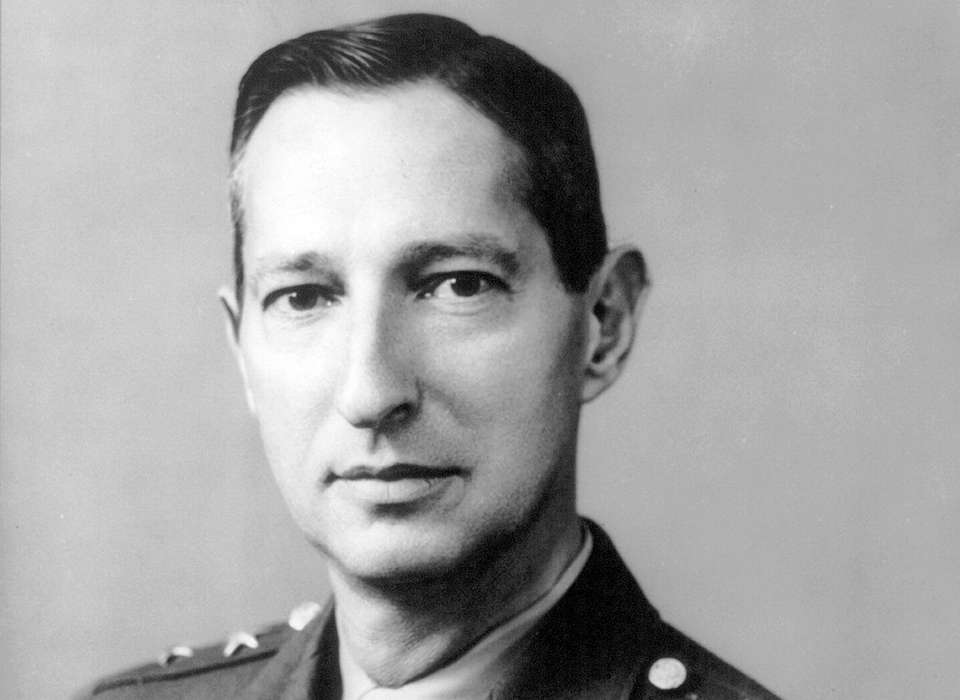
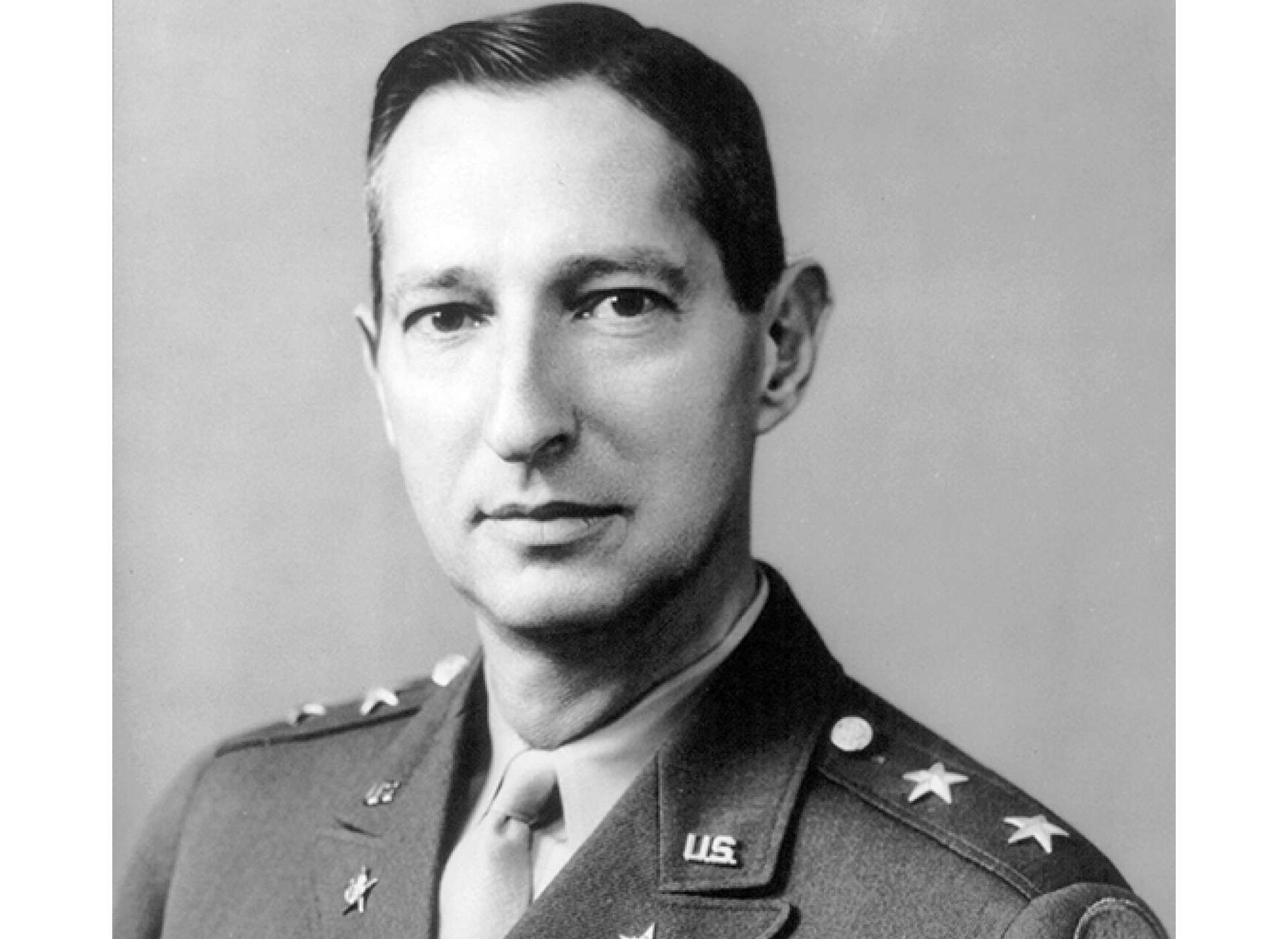
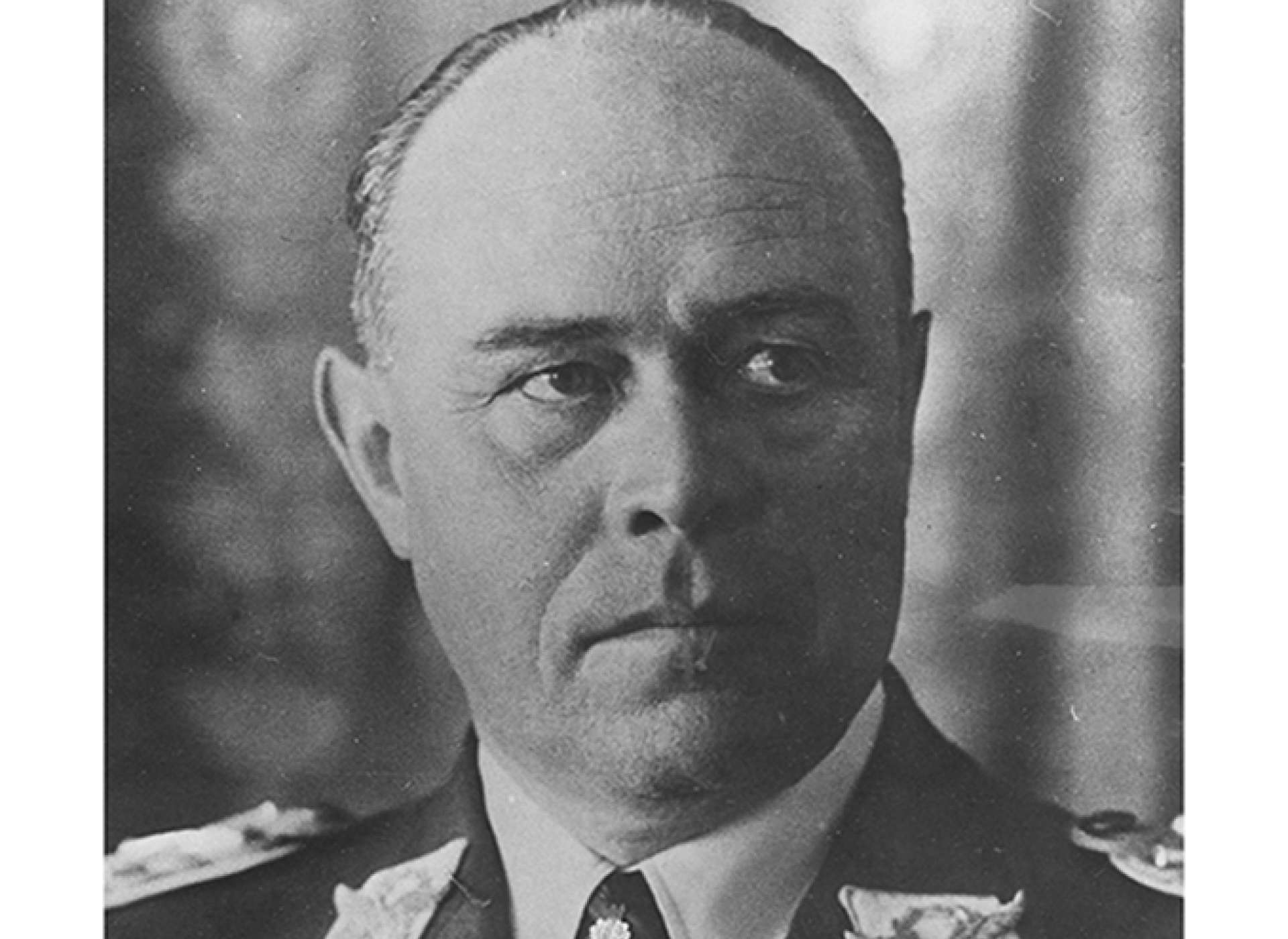
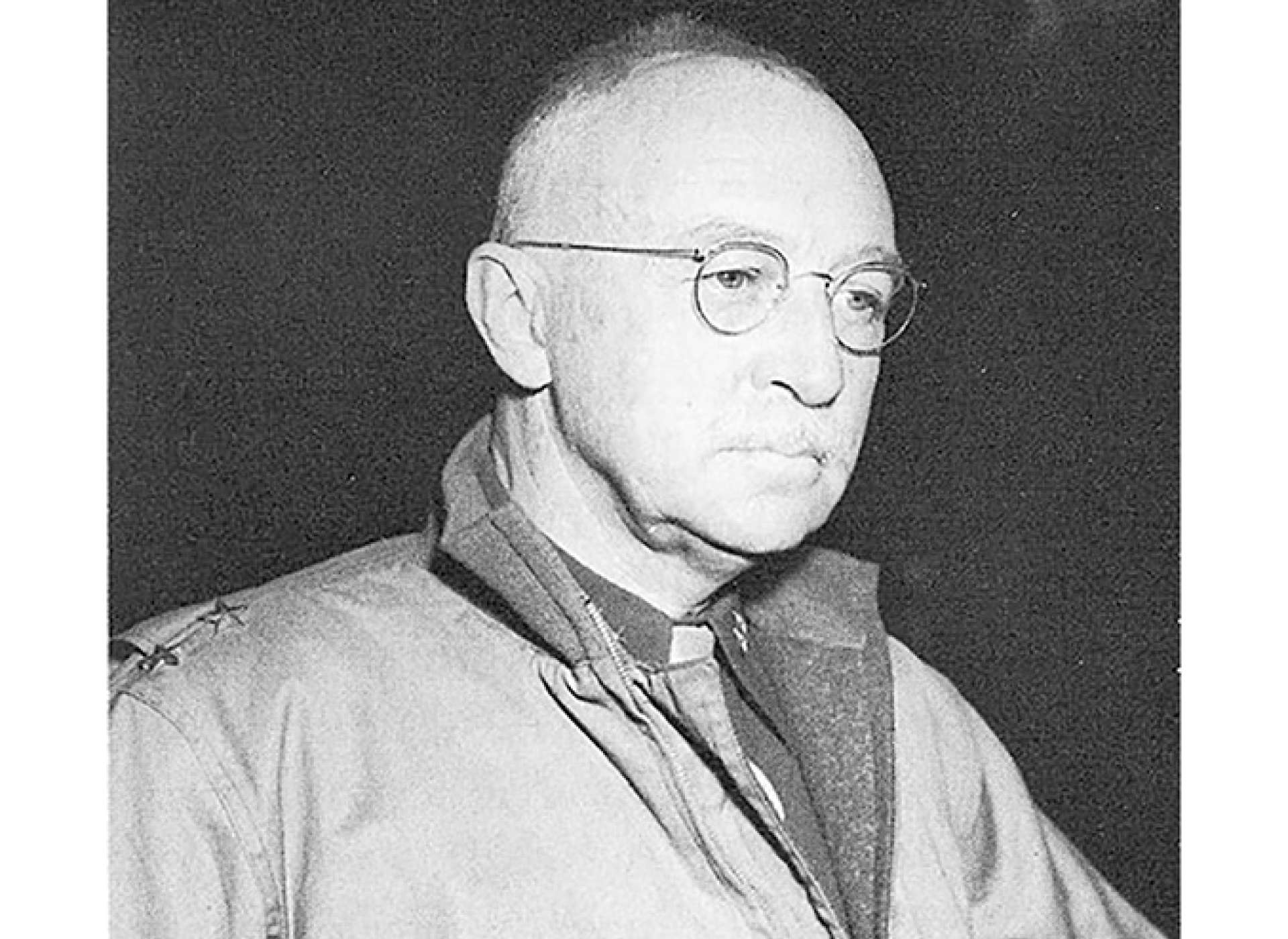
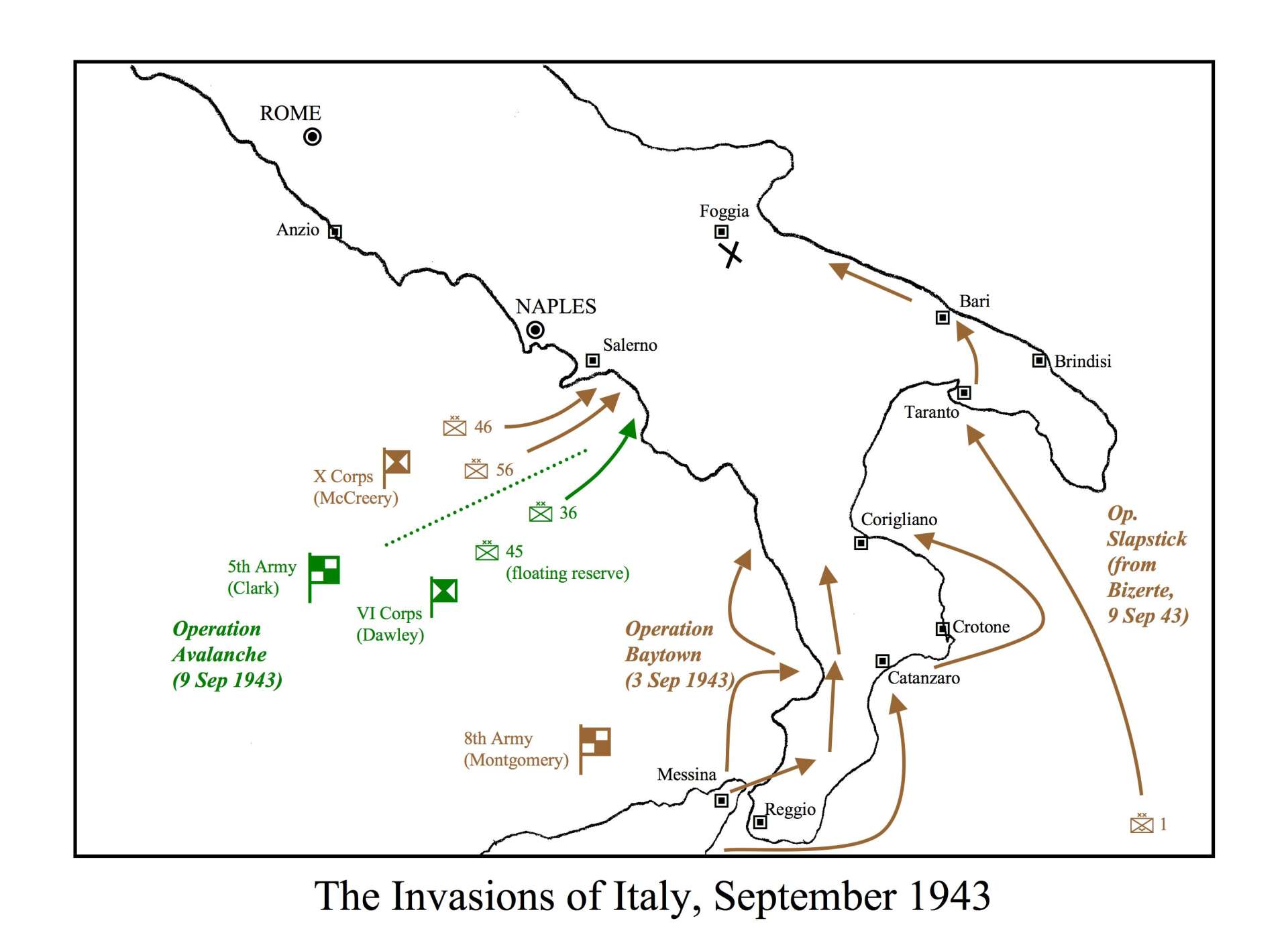
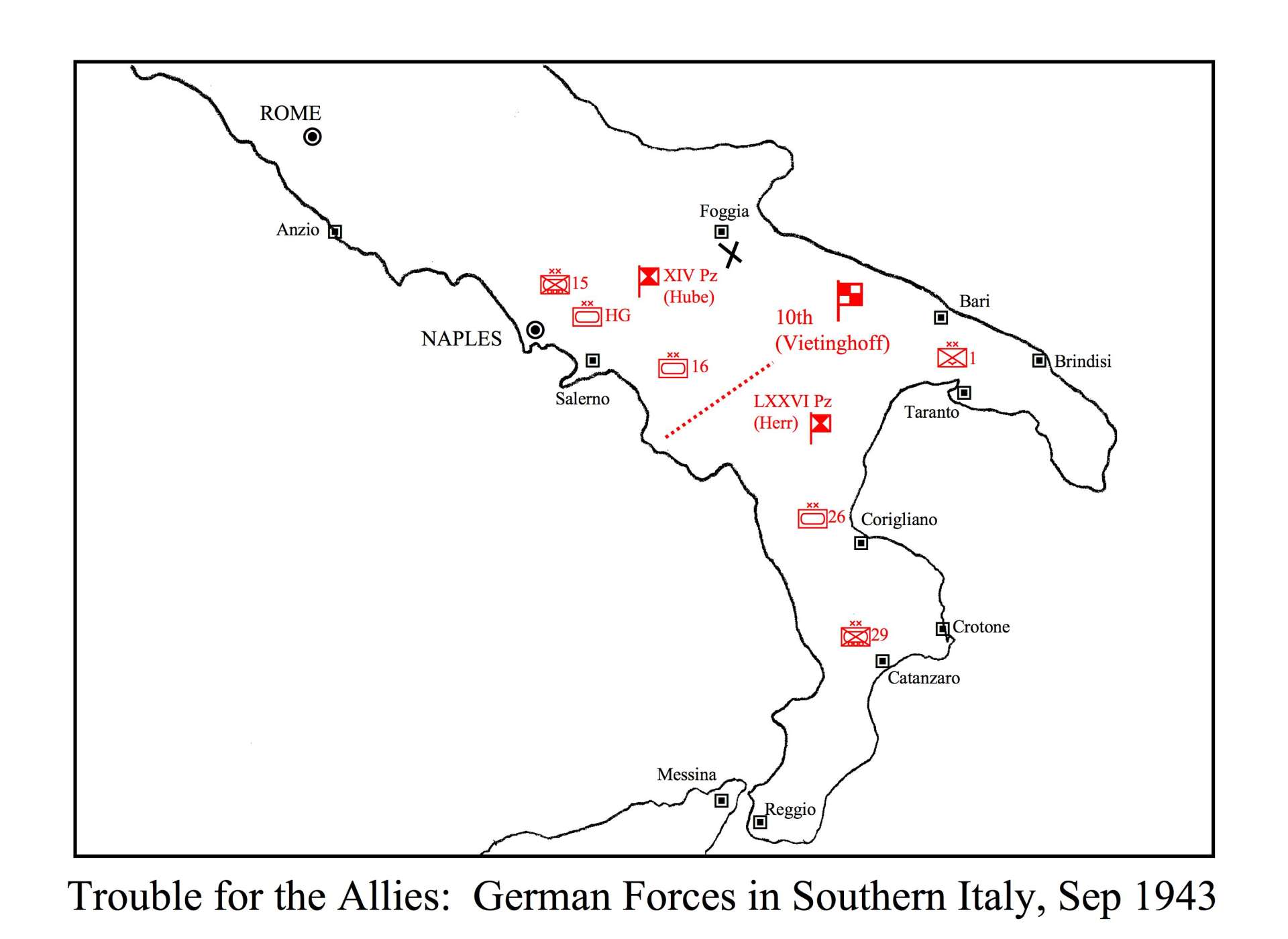
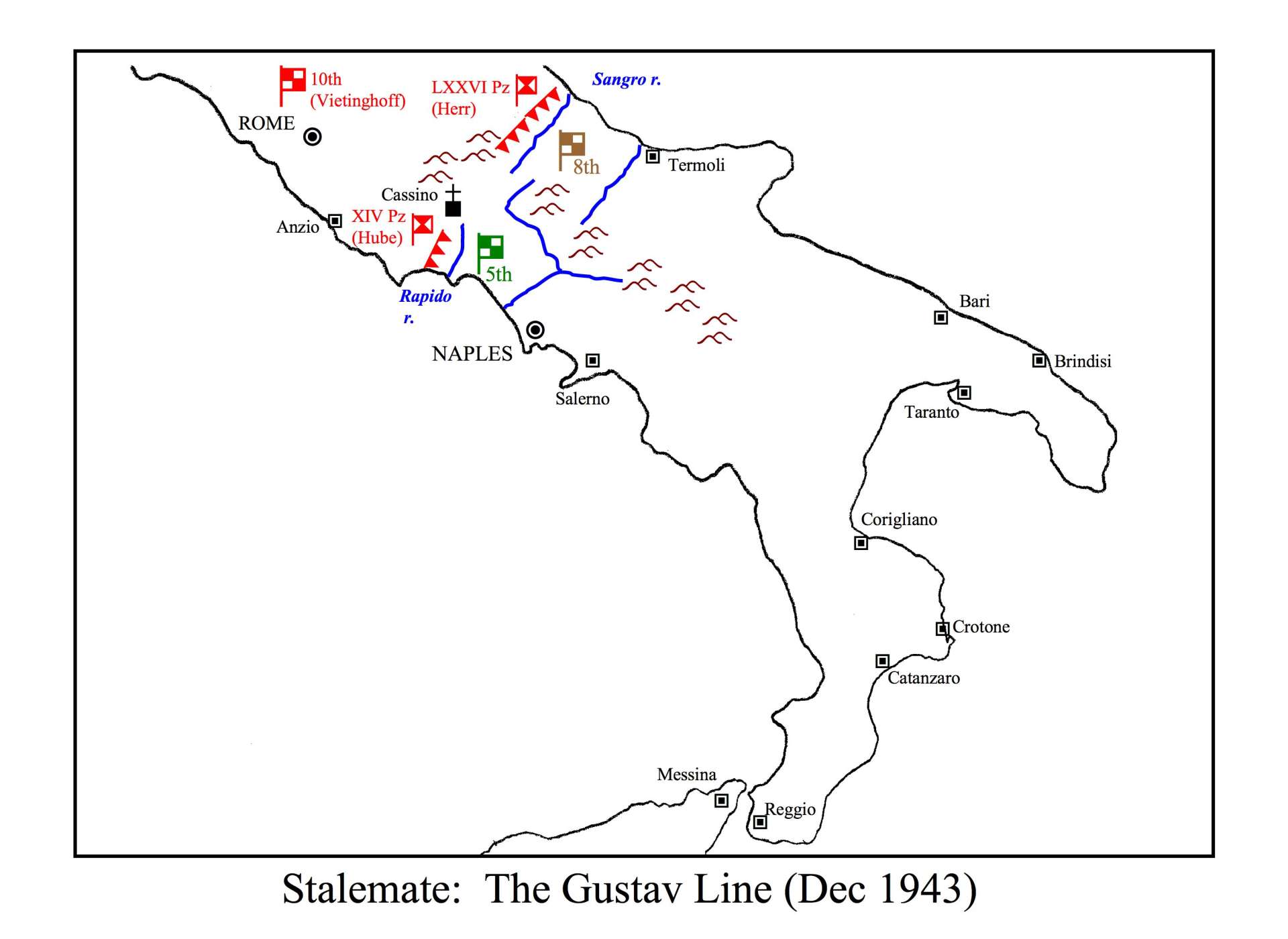
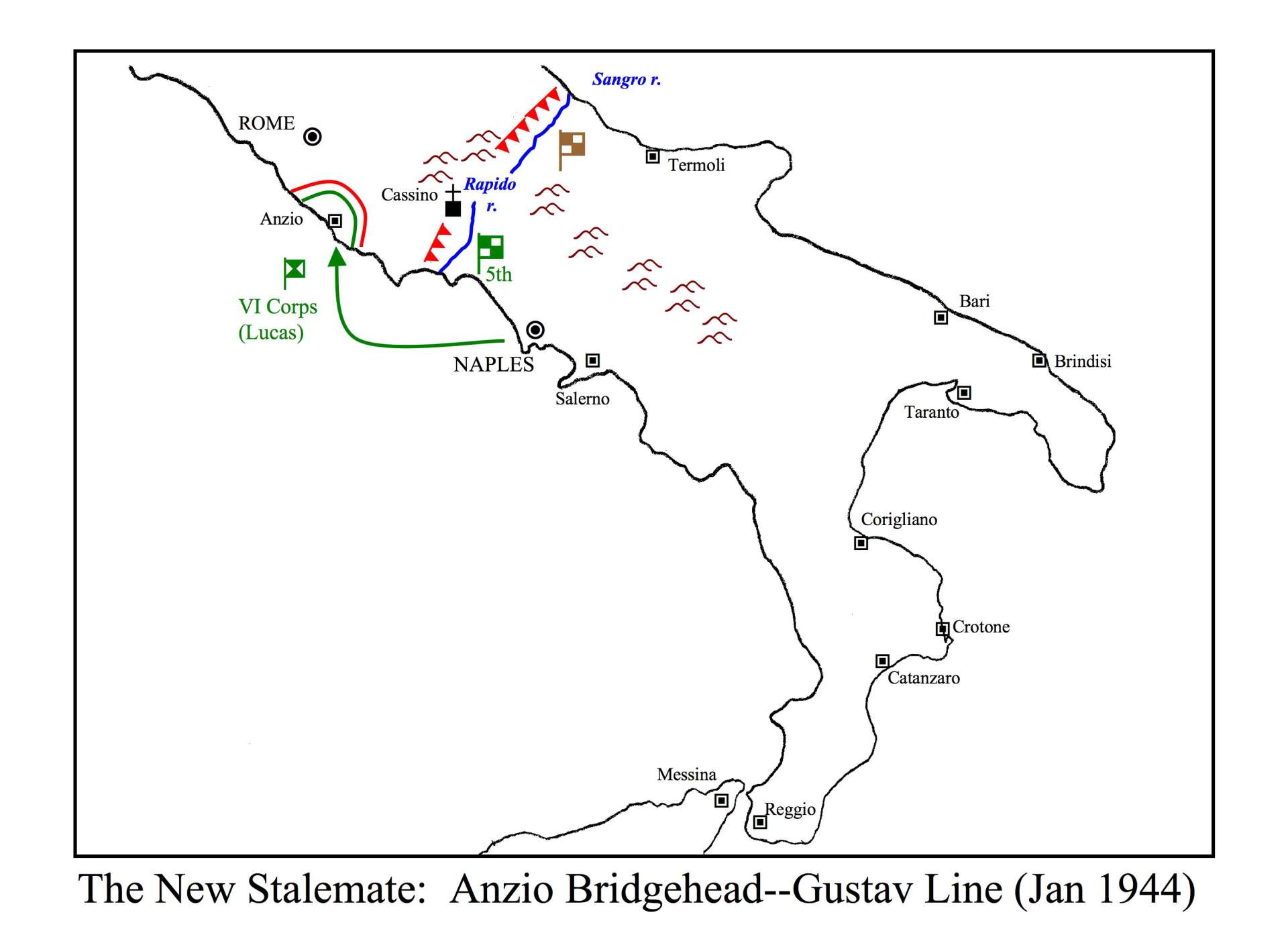




![Max Fuchs, New York City cantor, sings as Rabbi Sydney [sic] Lefkowitz, Richmond, VA, conducts the first Jewish services from Germany.](/sites/default/files/styles/max_650x650/public/2025-10/image1.jpg)



